This week marked the first time that a US Secretary of State has visited one of the two Japanese cities destroyed by atomic bombs during World War II and there is speculation that sometime this summer, President Obama will be doing the same. Officially, Secretary Kerry’s visit was well-received and the significance of it it got me thinking that this is a memory I talk about frequently when recollecting my time living in Japan, but not something that I’ve ever written down for my website. Which is odd, considering some of the (in hindsight) trivial things that I did write about during that year. Most people who know me know that there are few things that I don’t like about Japan but Nagasaki, along with my hike to the top of Mount Fuji in 2014, stood out as the two most memorable.
Every schoolchild in America knows that in the closing days of World War II, the US destroyed Hiroshima and Nagasaki with atomic bombs. While each one killed hundreds of thousands of people, they undeniably hastened the end of the war and prevented the need for a large scale invasion of the Japanese mainland by Allied forces. Since then, there have unsurprisingly been decades of debate over whether both bombs were needed, how they had the unintended consequence of accelerating the start of the Cold War, and so on, but that’s not what I want to write about in this post. Instead, I want to describe a westerner’s point of view standing in one of the only two places on earth where nuclear weapons were used to level cities. It was the most unique trip I have ever taken and while I may have missed a few details or gotten the events out of order (it was twelve years ago after all), the experience as a whole wasn’t one that I’m likely to ever forget. And please give me a little slack on the pictures too, since I took them on a disposable and not the sweet Canon UltraMegaPixel that I would pick up from Besto Denki a month later.
Nagasaki is the capital city of the prefecture of the same name on the southern island of Kyuushuu, west across the Ariake Sea from Kumamoto, where I lived at the time. I had been in Japan for a little over two months when two of my friends, Kylie and Shizuyo, suggested that we make the trip and stay with a friend of theirs living in Nagasaki city. We planned it for the middle of October and took a bus the long way around the water. I didn’t have any complaints about that at the time but when I returned to Japan in 2009 and again made the trip from Kumamoto to the Nagasaki countryside, thankfully I was a bit wiser and took a ferry across. And as a bonus on the scenic route, I got to see the nori (seaweed) farms that the bay is known for!
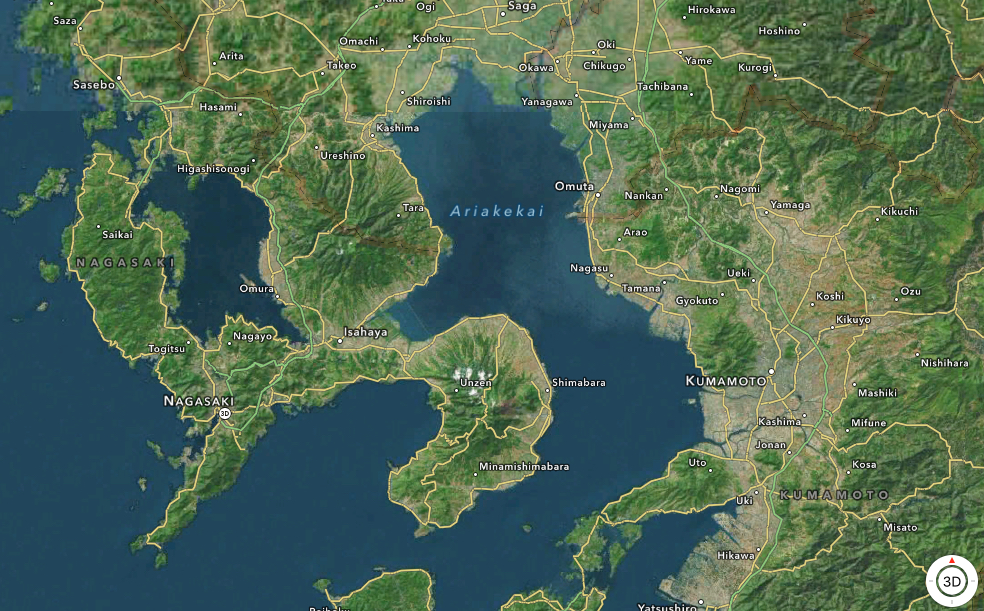

But back to 2004, the three of us arrived in the early afternoon and after getting off a three-hour bus ride, we were all starving and stopped at the first sushi-go-round restaurant that we could find. As the sushi plates made their way around the dining room, we took out our maps and made plans for the spots that we wanted to hit around the city over the next two days. By the time the waitress came to count the plates in each of our stacks and give us the bill, we had our plan and set out into the downtown.
I believe that the Atomic Bomb Museum was our first stop. It was very modern, as educational as you could ask for, and similar to the World Trade Center museum that would open years later in New York. As you walked through, you were met with a mixture of photographs, informational plaques, videos and multimedia exhibits, and relics all telling about the period before the bombing, the immediate aftermath, and throughout the city’s reconstruction. Some were chilling, others extremely graphic and stomach-churning, and I distinctly remember walking down a ramp between rooms, not halfway through the museum, when the gravity of the place really started getting to me. Your brain tells you that the bomb quickly ended the war and prevented further loss of life on both sides but the human part of you says, holy shit, we vaporized actual people and irradiated countless thousands more. How am I as an American standing, let alone working in this country after something like this happened between us? It’s not easy to wrap your head around but despite our history, wherever I went in Japan, I was greeted with nothing but respect and hospitality. It’s an incredible feeling.
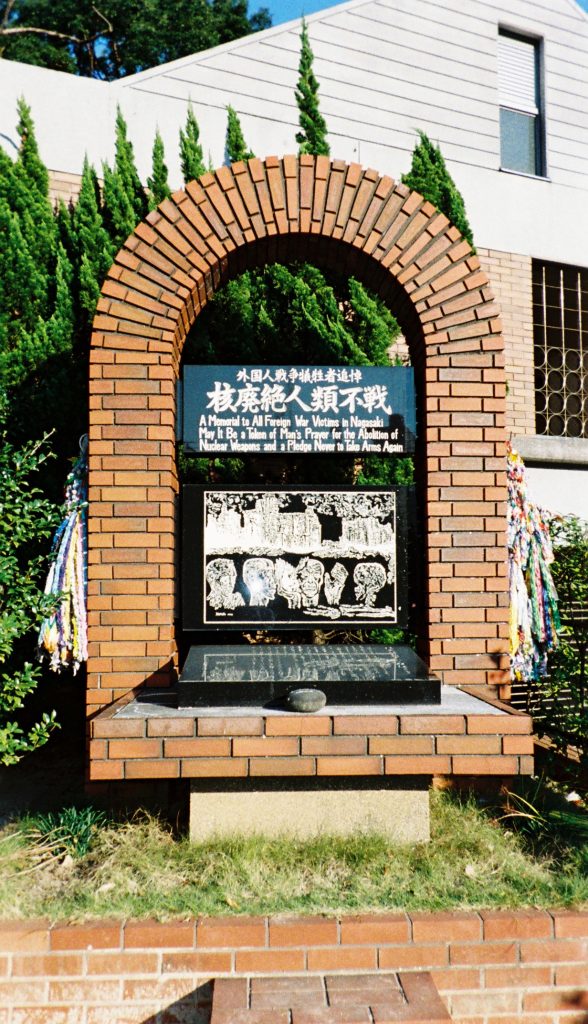
Not far from the museum was the hypocenter below where the bomb detonated, now Peace Park. Along other statues and monuments within are the Fountain of Peace and the Peace Statue, the latter standing 10 meters tall. With one hand pointing to the sky to show the threat of the bomb and the other outward in a gesture of peace, it is the most unique statue there. It is also a gorgeous park that you can easily spend the afternoon and get lost in, though the beauty is of course tinged with a hanging cloud of solemness and regret. Despite that, Nagasaki is now known as a City of Peace and there are statements and aspirations everywhere about learning from the mistakes of the past and forging a future where nuclear weapons will never again have to be used.
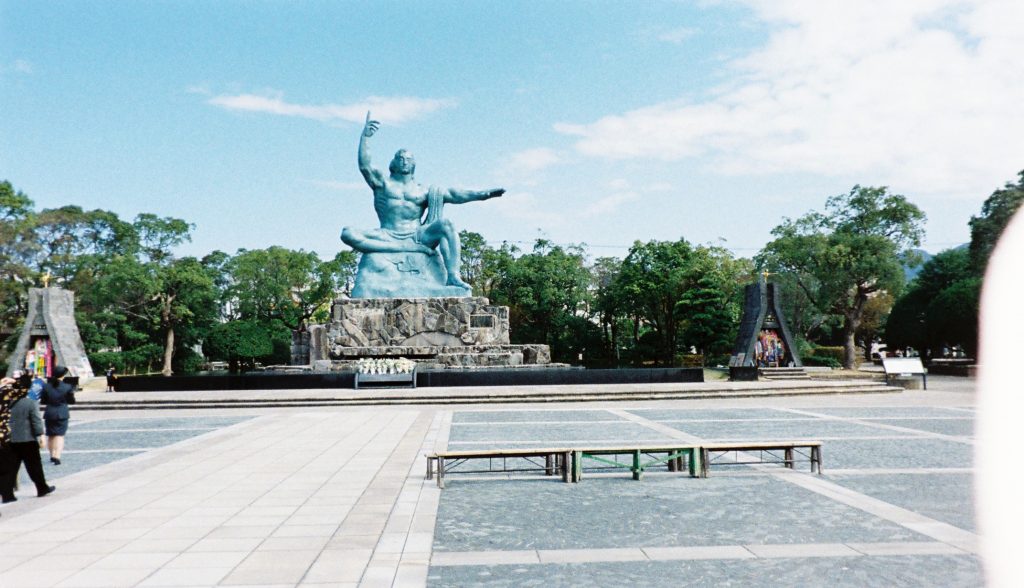


In addition to the statue and the fountain, there was also a large stone pillar in the park which marked the exact spot below where the bomb went off. I was able to walk up to it and again got chills as it sunk in exactly where I was standing. Perhaps the most surreal thing about that moment was the knowledge that it had happened merely 59 years before. And here I was walking around the site in a polo shirt and jeans as opposed to a radiation suit, in a completely different world.

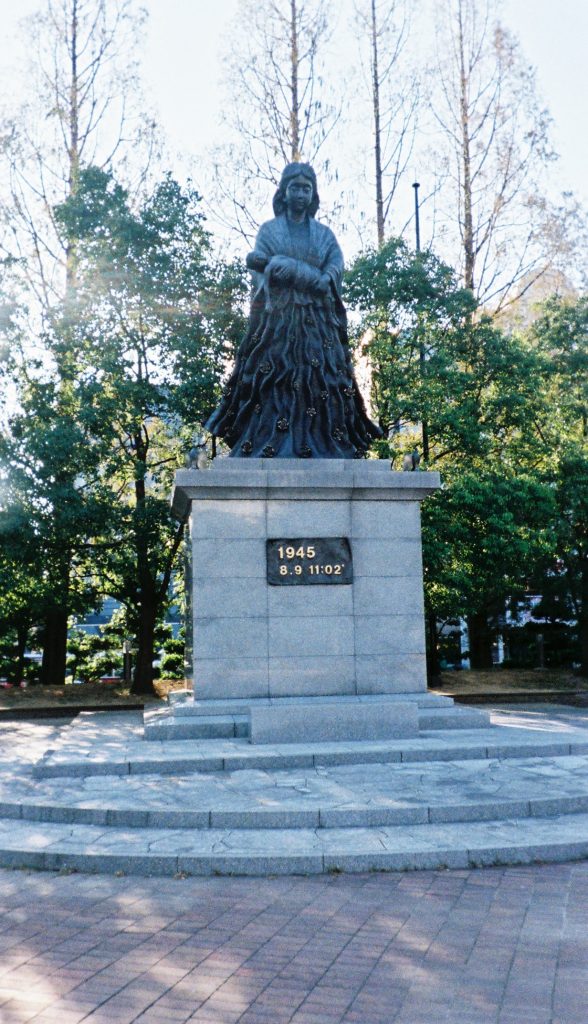
In the evening, it was time for a change of scenery and we took the Nagasaki Ropeway to the top of Mount Inasa. I had been told that we would have a spectacular view across the valley of the city but that was only half of it. Not only could we see everywhere that we had walked during the day but when we looked the other way, we were treated to a view of the Gotoh island chain. It was so incredible that none of us wanted to come down and ended up staying past dark just so that we could see the city lights come on.
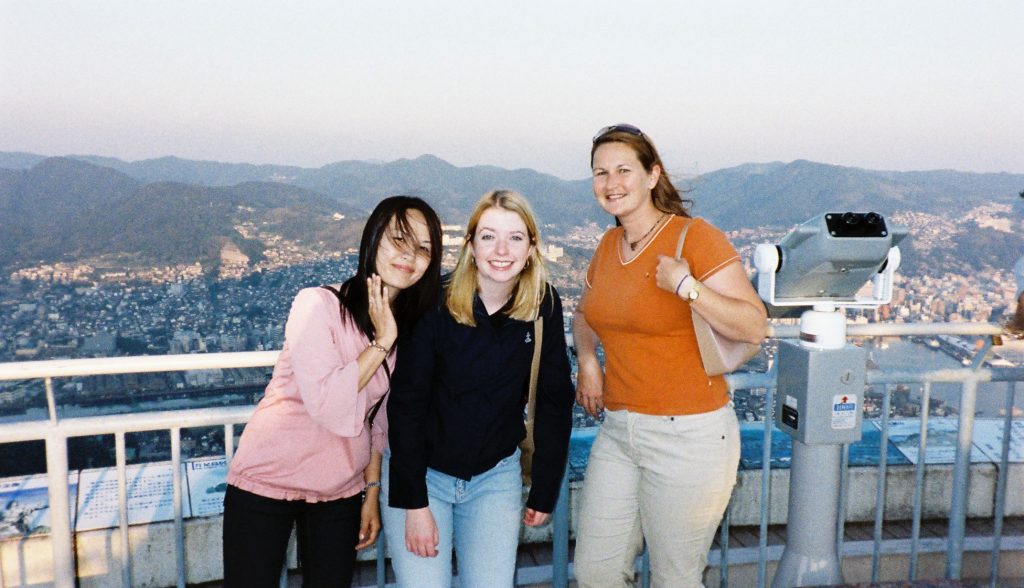

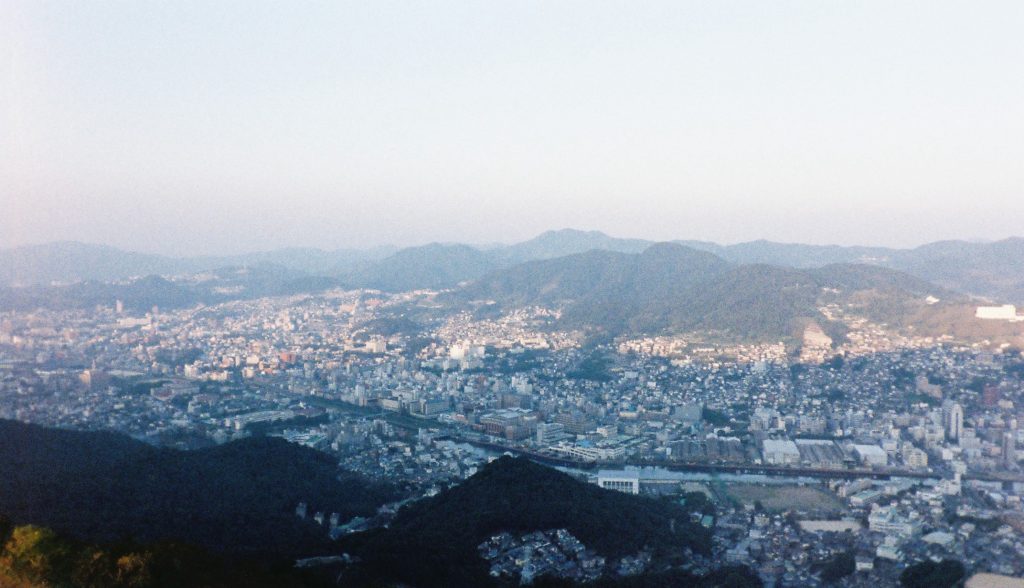

The next day (judging by my change of clothes), we visited the sprawling, multi-tiered Glover Garden. Overlooking Nagasaki harbor, Glover Garden is a historical site that served as a “town for foreigners” during the early days of trading with the West. The centerpiece of the garden is Thomas Blake Glover’s house, which is the oldest surviving Western-style house in Japan. There was a part of the house that let you try on replicas of historical clothes which nabbed us this little gem:
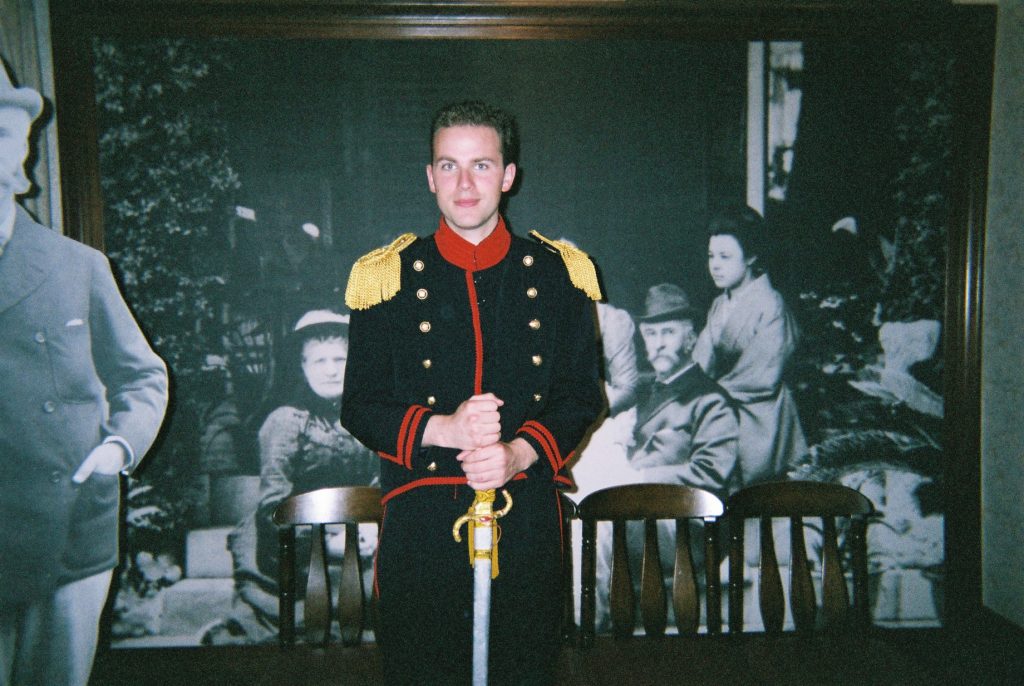


The last of the bomb-related site that we had on our list to see was the Sannou shrine, also known as the “one-legged torii.” What’s left of the gate is one of the only still standing constructions from the old city. Though I don’t recall seeing them at the time, there are also trees nearby which miraculously came back to life after being blackened by the bomb’s heat. Both the gate and the bushes are about 800 meters from the epicenter in Peace Park.


By this time, it was starting to get late, rain was beginning to come down, and we had to get back to Kumamoto. But me being me, there was just one last stop that we had to make before reboarding the bus. Once we got on and the driver turned down the lights, I had a few hours to think about what we’d seen over the last two days. Though I had only been in Japan for two months and had ten more to go, I knew that I had just been someplace absolutely unforgettable. I can remember sitting in eighth grade history class and reading about the war but there is simply no substitute for visiting a place where such a world-shaking event happened. As I said earlier, my goal here wasn’t to talk about the what-ifs but the what-happened and I would strongly suggest that the next person who wants to speculate on the what-ifs should visit Hiroshima or Nagasaki and see for themselves what nuclear weapons can do. Today they are cities of beauty, remembrance, and peace, and I hope they stay that way for many years to come.
